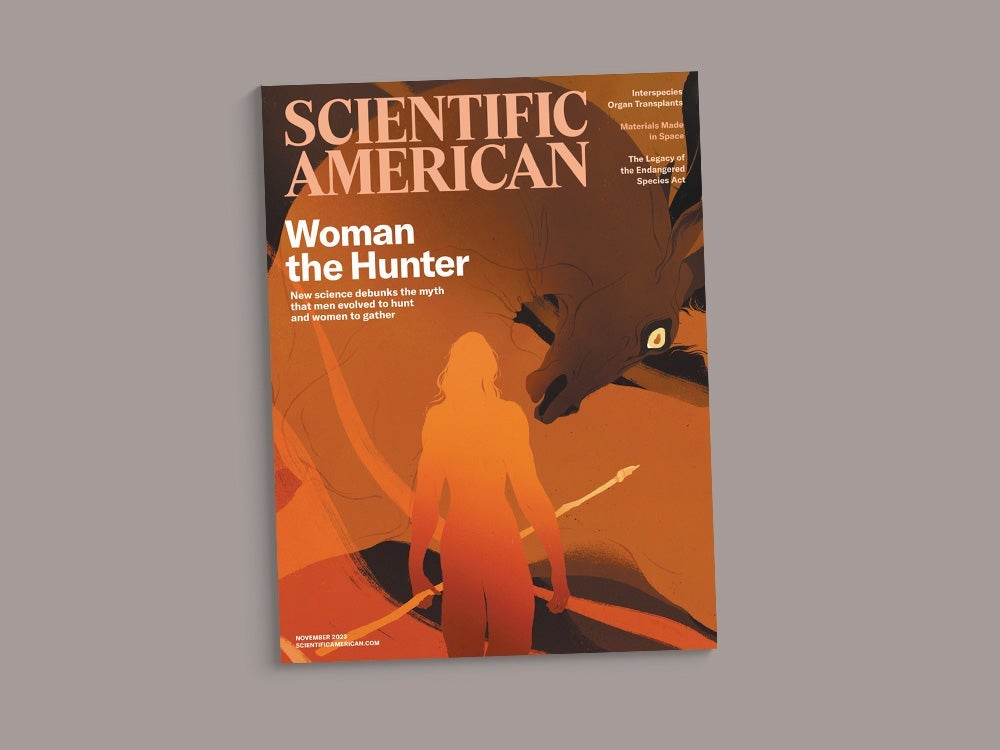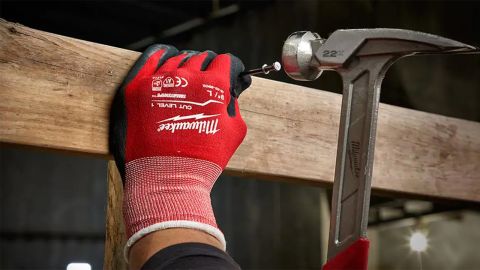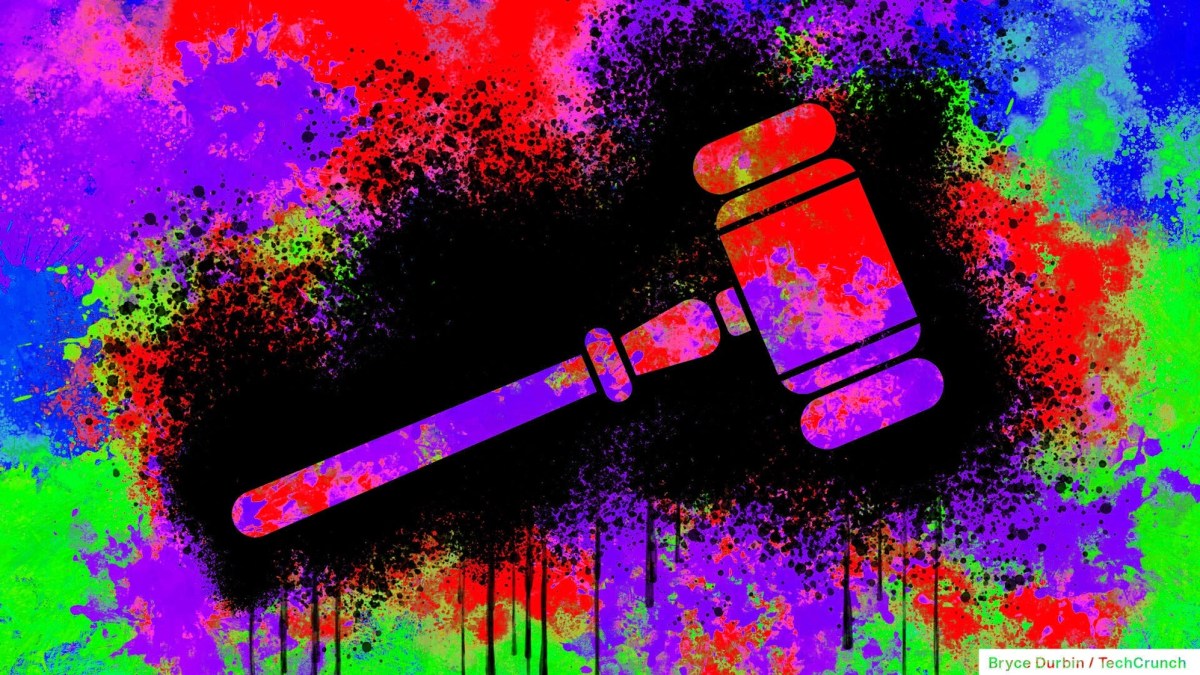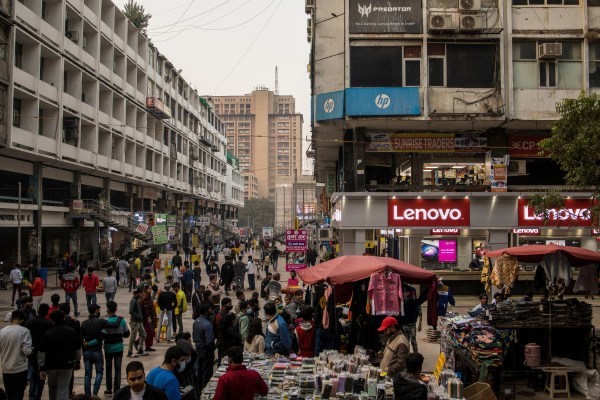
CULTURE AND HEALTH
“How Grammar Changes Perception,” by Christine Kenneally, discusses the structure of grammar in language and how it influences our perception of the world around us.
I work in Aboriginal communities in Australia as a remote area nurse, and my wife, who is now deceased, was from the Waanyi clan in Queensland and the Northern Territory. Our children have grown up across both Western and Waanyi cultures. One thing I have observed—and questioned my children about—is the way they perceive the world. They have told me they “operate in different rooms” of their brain, moving from one room to another depending on where they are and what they are doing. Both cultures are comfortable to them, and they describe their thought processes as different for each.
On supporting science journalism
If you’re enjoying this article, consider supporting our award-winning journalism by subscribing. By purchasing a subscription you are helping to ensure the future of impactful stories about the discoveries and ideas shaping our world today.
For example, one son says he works in a visual manner when he perceives the world from an Aboriginal perspective, whereas he works in a data format when he perceives the Western world. He notes that in the Western world, the storage of information is compact but takes him longer to process to recall information; in the Aboriginal world, he feels that there is more to store, but the recall is instant. With the latter, he can remember situations as if he is looking at a picture and notices any changes occurring within that picture in a fast manner.
I minored in anthropology while studying for my nursing degree. That, along with much cultural education from my wife, has helped me understand how to better deliver culturally safe health in remote communities, all of which have their own unique medical issues. The breakdown of kinship systems and the loss of language are major barriers to effective health care in such communities. Both Indigenous and Western health systems and beliefs offer barriers to each other, and causation of disease is rooted in culture. A lack of appreciation of language brings many nurses to see culture on a single continuum or line. My experience is that cultures all have their own distinct lines that travel in parallel; they sometimes diverge, sometimes intersect and often touch.
DAVE CORSTORPHAN LOOMA CLINIC, LOOMA COMMUNITY, AUSTRALIA
GENDER PREHISTORY
In “Woman the Hunter,” Cara Ocobock and Sarah Lacy present evidence of female hunters among early human communities, demonstrating that the popular notion that our human ancestors had a division of labor “in which males evolved to hunt and provide and females tended to children and domestic duties” is incorrect. Are there any hard data about the other side of the coin: the possibility that early male humans tended to children and domestic duties? If not, would the facts in the article not just mean that the prehistoric situation was very similar to now, with (most of) men working and (most of) women working and caring for the children and the household?
URSULA GARTENMANN SWITZERLAND
THE AUTHORS REPLY: Extant forager groups are not always egalitarian when it comes to child care. But we have almost no archaeological evidence of child care, such as baby slings, in the Paleolithic. (Some of the figurines from the Upper Paleolithic, such as those found buried with adolescents at the Sungir site in Russia, may be toys, however.) From analyses of teeth, we can see that Neandertals and early modern humans were starting to wean their infants around six months, similar to people today, which suggests that anyone in a group of these early humans would have been able to feed and carry an infant at that point. And regarding other “household” tasks, we know that male Neandertals were also processing leather, so this “domestic” duty, at least, was not gendered either.
It is totally plausible that Paleolithic males were pulling their weight with child care in their small groups, whether paternity was certain or not, and there is a movement in the field to better recognize the signatures of children and child care within paleoanthropology and archaeology.
Considering the trend toward patrilocality among the Neandertals, most of the children in a group would have been a male’s nieces, nephews and cousins, if not his children, so there would still be a fitness advantage to caring for them.
GALACTIC TRAFFIC JAM
“The Milky Way’s Secrets,” by Phil Plait [The Universe], displays an image of a beautiful spiral galaxy that is probably much like our own Milky Way. Is there a general principle of physics that could apply to how such spiral shapes are generated, especially for the “arms” of galaxies? Or are there different mechanisms that can cause them?
BARRY MALETZKY PORTLAND, ORE.
PLAIT REPLIES: There are many kinds of spiral galaxies, including ones with tightly wound or wide-flung arms, multiple arms, “spurs” (short bridges stretching between the arms like spokes), and more. Overall, the leading hypothesis is that spiral patterns are so-called density waves: regions of slightly higher density in a disk that travel around the galaxy at a different speed than those of its stars and that the stars move into and out of over time.
This idea is similar to a traffic jam: the jam can move slower than traffic overall, and cars can move into and out of the jam even as it persists. Gas clouds collect in these density waves and collapse to form more stars. The different kinds of arms arise from local conditions, such as how much gas there is, how massive the galaxy is, whether it recently underwent a collision with another galaxy, how many stars are forming in the arms, and much more. This obviously involves very complex physics, and astronomers still aren’t sure about all the details. It’s an area of active research and no doubt will continue to be for a very long time.
SERIOUS FUN
In “Why We Need Scary Play,” Athena Aktipis and Coltan Scrivner explain how play and simulations can prepare us for real-world scenarios. In 2022 my sister gave me a fun Christmas present: a board game named Pandemic. In the game, players battle against the board to save the world from four different diseases that can get out of control and become a pandemic.
After reading Aktipis and Scrivner’s article, I understood why this game raises our stress levels so much. It does feel like a realistic competition where fear, collaboration and a sense of responsibility take over all participants during playtime. I used to play Pandemic for fun. Now I know it may also psychologically prepare me for the next epidemic or pandemic.
AILYN MONTES MIAMI
ERRATUM
In the December 2023 table of contents, the caption for an image regarding “The Cosmic Surprise,” by Richard Panek, should have described the universe as being pulled apart by dark energy, not dark matter.
























































